In the next list of the 10 Most… I have listed the 10 most popular commands used in Linux systems (and not only) in 2024, published as part of the Admin Tips series on the Linuxiarze.pl portal
The list takes into account the views of posts from the Admin Tips category and their comments.
1. fdisk
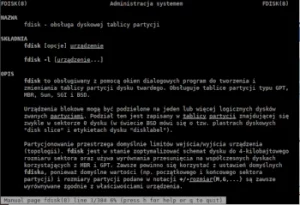
fdisk is a Linux command used to create and manipulate the partition table of a disk. It is used to view, create, delete, change, resize, copy, and move partitions on a hard disk using a dialog interface.
Admin Tips: fdisk
2. fsck
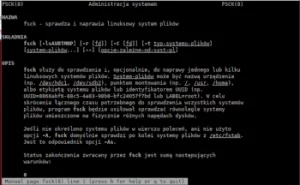
fsck is used to examine and optionally repair one or more Linux file systems. A file system can be a device name (e.g. /dev/hdc1, /dev/sdb2), a mount point (e.g. /, /usr, /home), or a file system label or UUID (e.g. UUID=8868abf6-88c5-4a83-98b8-bfc24057f7bd or LABEL=root). In order to shorten the total time needed to check all file systems, the fsck program will attempt to check file systems located on physically different disk drives in parallel.
Admin Tips: fsck
3. dmesg

dmesg (ang. diagnostic message) – a Unix family system command that displays the kernel ring buffer. It allows, among other things, to display system boot messages. dmesg is used to check or control the kernel ring buffer. The default action is to display all messages from the kernel ring buffer.
Admin Tips: dmesg
4. dd
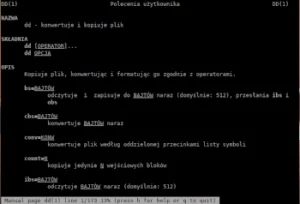
dd is a powerful and useful tool available in Unix and Unix-like operating systems. Its purpose is to convert and copy files. In Unix and Unix-like operating systems such as Linux, almost everything is treated as a file, even block devices: this makes dd useful for things like cloning disks or wiping data. The dd utility is available out-of-the-box in most, if not all, Linux distributions.
Admin Tips: dd
5. sed

Sed is a text filtering/transforming editor. The sed program reads data from specified files or from standard input if no files are specified, makes edits according to a list of commands, and writes the results to standard output.
Admin Tips: sed
6. unrar

RAR is one of the most popular tools for creating and unpacking compressed archive files (.rar). RAR is available for free on Windows operating systems to handle compressed files, but unfortunately the rar tool is not installed by default on Linux systems.
Admin Tips: unrar
7. ifconfig
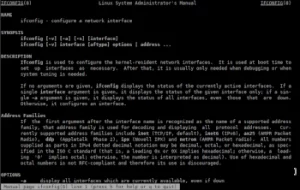
The ifconfig command is used to configure or view the configuration of a network interface. On some Linux systems, the ifconfig command has been replaced by the ip command.
ifconfig stands for “interface configuration”.
Admin Tips: ifconfig
8. xargs
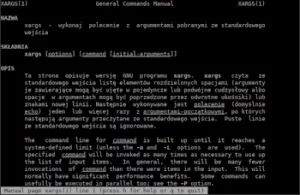
xargs is a tool that searches for files that meet the specified criteria and performs various actions on the files found. xargs reads from standard input a list of items separated by spaces (arguments containing them can be enclosed in single or double quotes, or spaces in arguments can be preceded by backslashes) or newlines.
Admin Tips: xargs
9. chroot
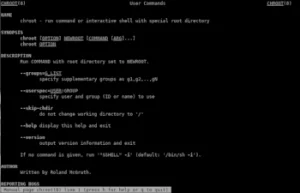
The chroot command in Linux/Unix is used to change the root directory. Each process/command in Linux/Unix has a current working directory called the root directory. chroot changes the root directory of currently running processes, as well as child processes.
Admin Tips: chroot
10. adduser
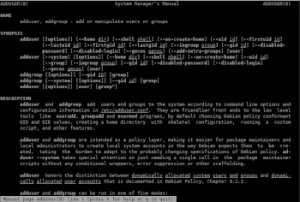
The adduser package (in Debian and Ubuntu) provides 4 tools: adduser, addgroup, deluser and delgroup, we will deal with the first two. adduser creates new users and groups and adds existing users to an existing group.
Admin Tips: adduser
A full list of console commands available on the Linuxiarze.pl portal can be found in the Porady Admina category.
Ten post jest również dostępny w języku polskim: https://linuxiarze.pl/top-10-polecen-linux-2024/

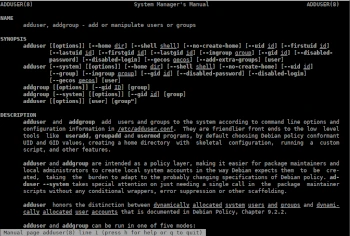
The most popular is man command I think